
eCommerce Programmatic Advertising with Demand Side Platforms
Reach your audience across every digital touchpoint.
Use unusual triggers for ads, outside of behavioral, demographic and geographic data targeting. Weather, temperature, elevation, and many more contextual advertising signals to reach the right users at the right place, and the right time.
The right data.
Achieve precise targeting and accurate measurement in a post-cookie landscape through data integration of prioritizing 1st-party data collection and understanding 3rd-party data relationships.
The right expertise.
Don't have a demand-side platform (DSP) expert in-house? Most brands don't. Our seasoned programmatic advertising experts ensure campaigns are optimized for performance so you can focus on running a business.
The right cost.
By focusing on performance metrics and leveraging Finch's relationship with programmatic partners, you can achieve better ROAS, minimize wasteful advertising budget, and maximize impact.
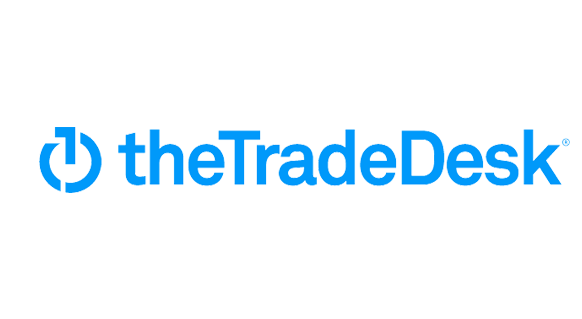
Take your brand all across the open internet to stay with your audience as they do what they love online.
Precision contextual targeting across multiple channels reduces irrelevant ad placements.
Serve ads to your Amazon audience wherever they go online and magnify the success of your campaigns.
Stay engaged with your audience across all digital media.
Display
Video
Native
Audio
Digital Out-of-home
Connected TV
Expertise
How do How do Demand-Side Platforms (DSPs) work?
DSPs are powerful full funnel digital marketing tools that help you stay top of mind with your highest value users, no matter if they're on their desktop computer, phone at the gym, at work, or relaxing at home watching their smart TV.
Getting your advertising campaigns up and running means really nailing those target audience details to cut down on wasted ad spend and make the most of your budget.
The complexity of these settings guarantees that your ads are delivered accurately, ensuring efficient reach across multiple channels.

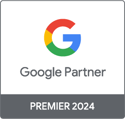
.png?width=174&height=100&name=Copy%20of%20MBP%20Badge%20-%20Light%20backgrounds@4x%20(1).png)
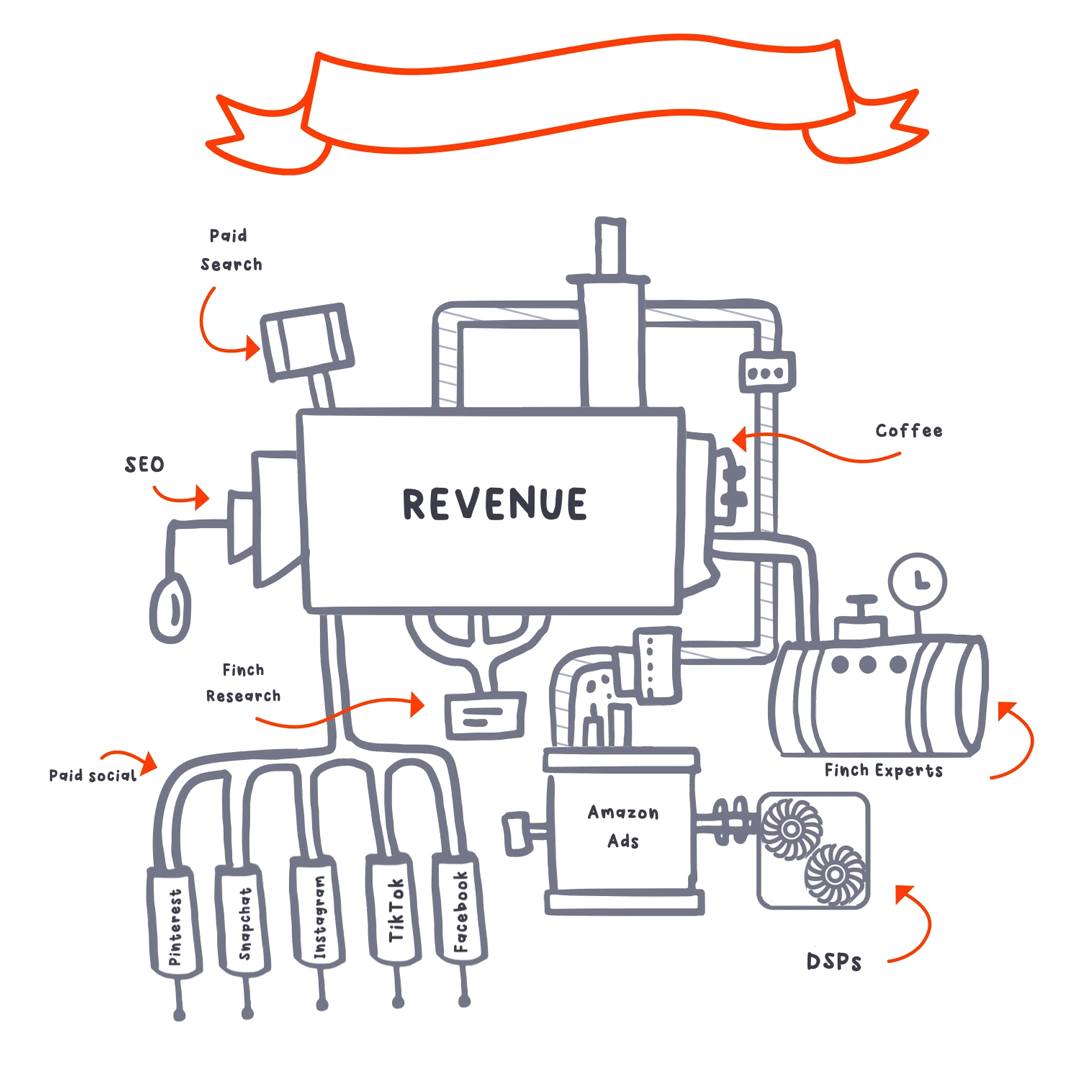
"Finch's programmatic solution has dramatically improved the return on ad spend ... their bid modeling would be nearly impossible to replicate with internal staff."

Jamie Elgie
CMO, weBoost









Programmatic Advertising FAQs
A DSP allows advertisers to buy digital ad space across various channels, including more ad inventory beyond traditional methods found on Search & Social. This broadens your reach and enhances the efficiency and targeting of your campaigns, making it a critical tool for connecting with your ideal customers.
Through a DSP you can run a variety of ad formats including banner display, native, digital audio, connected TV, and digital out-of-home ads. These ad types are strategically placed to engage your audience through the entire buying cycle, ensuring consistent and relevant touchpoints that guide them toward conversion.
When leveraging a DSP, you can tap into new channels and detailed audience segments that align and connect with your audience in unique ways — meeting them where they are. This ensures that your ads are seen by your ideal customers at the right moments, driving stronger engagement and conversions.
DSP strategies allow eCommerce brands to meet their target audience where they are online throughout the day. Additionally, DSPs give small companies the power to unlock the same advertising capabilities as large brands, leveling the playing field and driving efficient ad spend.
Our approach to DSP is built on a deep understanding of the platform's capabilities, with a focus on developing complex, highly targeted audiences. We emphasize driving your ideal customers to action by leveraging advanced data insights and optimization techniques, while also managing the complexity of running DSP campaigns to ensure they deliver results aligned with your brand’s specific needs.
Stabilize your growth with Finch DSP.
Go beyond basic advertising and dominate your market with the power of DSP.

Holistic Growth
How we helped L9 Sports dramatically expand their reach & profit
Utah-based sporting goods supplier effectively expanded their channel footprint based on a customized cross-channel growth plan.

Paid Search
How we found the perfect mix of channel strategy & KPIs for Springlane
With the Finch Platform, Springlane was able to plan, execute and manage the entire eCommerce strategy all in one place.

Why Choose Amazon DSP Over Sponsored Ads
Discover why Amazon DSP offers superior targeting, flexibility, and analytics compared to Sponsored Ads, and learn how to maximize your eCo...

Our Top 5 Predictions for eCommerce Marketing in 2025
Explore five key trends for eCommerce marketing in 2025: AI-driven creativity, omnichannel strategies, data privacy & the rise of Agency 3...

4 Ways AI is Changing Online Shopping Forever
AI is transforming online shopping with personalized recommendations, AI-driven customer support, and augmented reality, creating a seamles...

